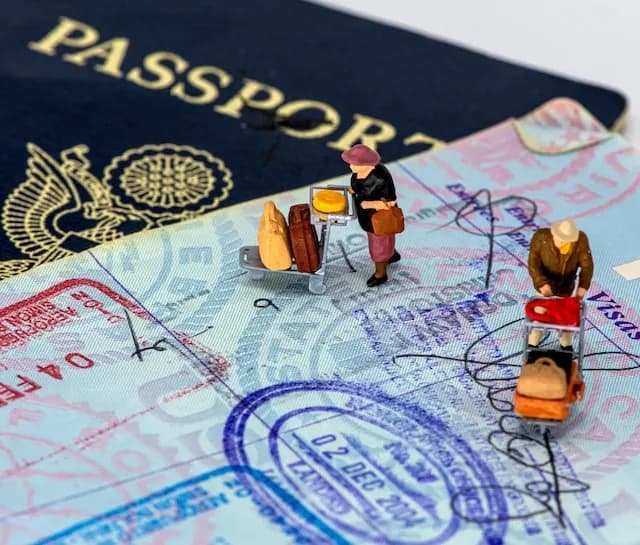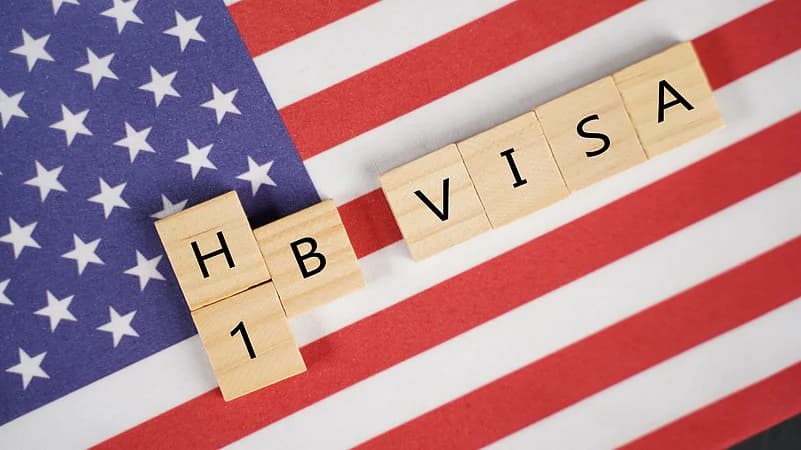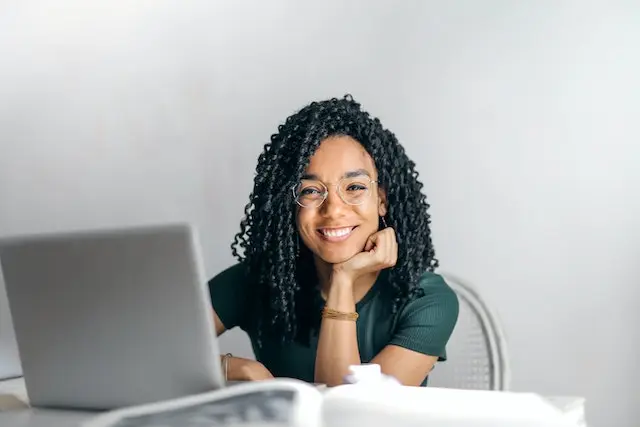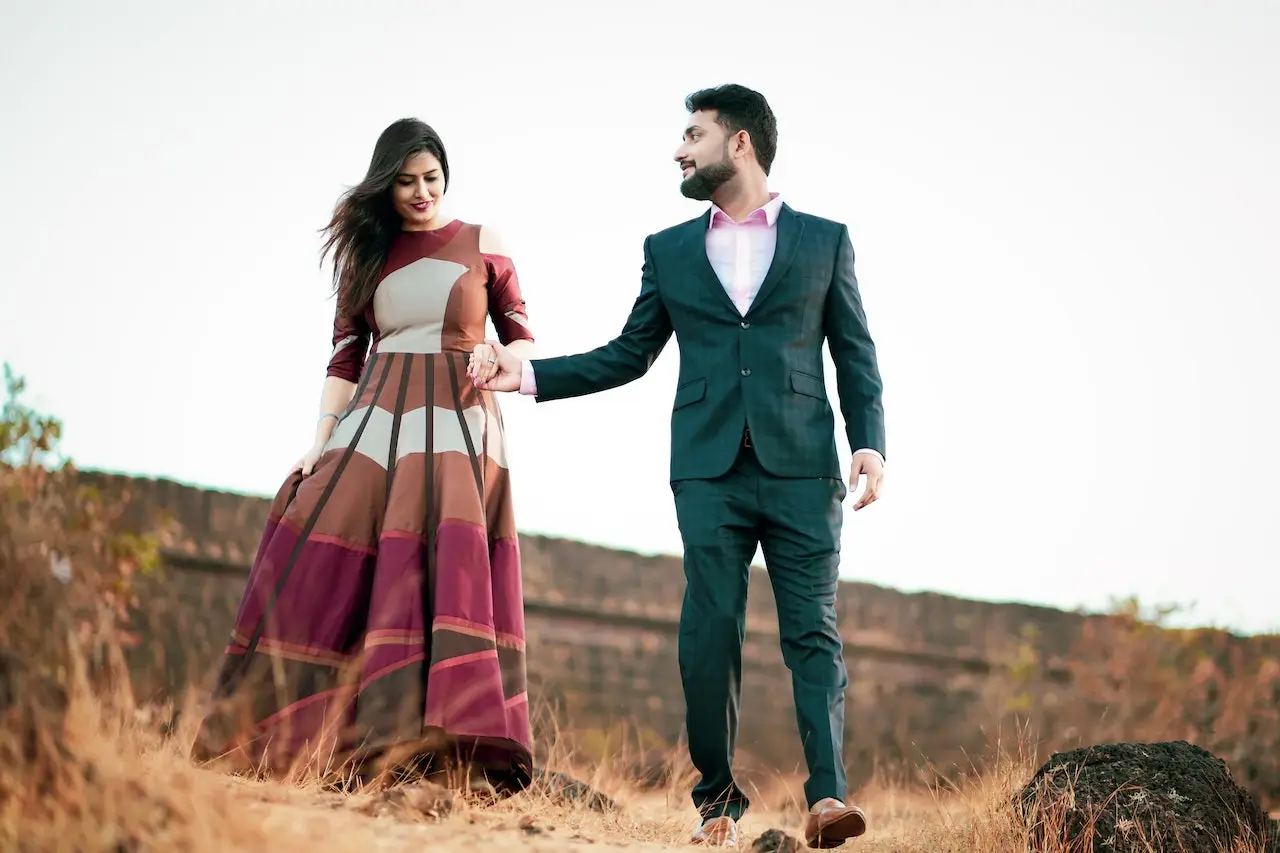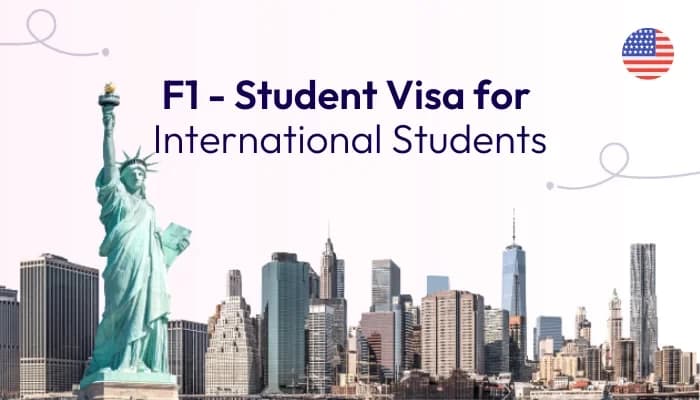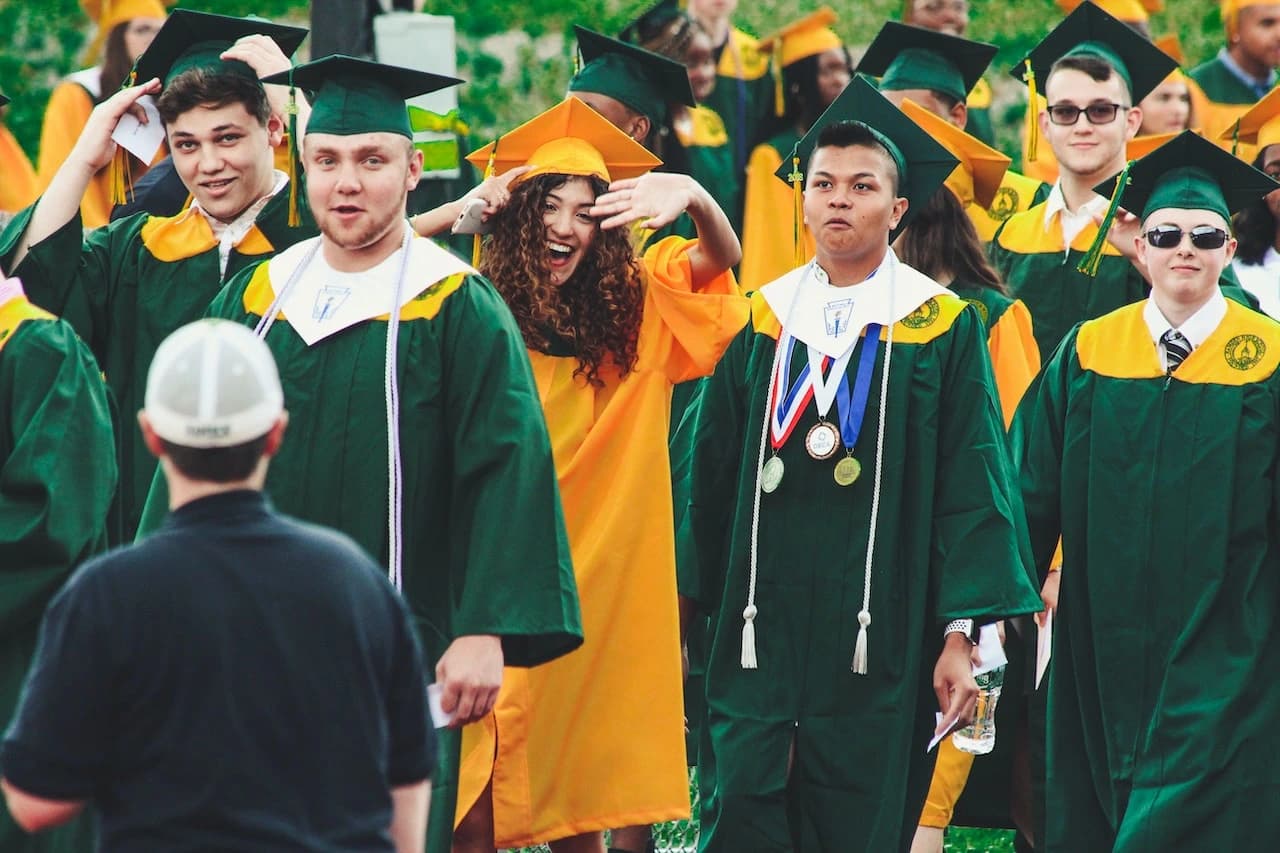How to Prepare for B2 Tourist Visa Interview in 2025 (USA)

Key Highlights
- The B2 visa is for individuals visiting the U.S. for tourism, family visits, or medical treatment.
- You must prove your non-immigrant intent, including strong ties to your home country and financial support for your trip.
- Essential documents include DS-160, passport, visa appointment confirmation, financial proof, and ties to your home country.
- Common interview questions focus on your trip’s purpose, length of stay, financial support, and your ties to your home country.
- Dress business casual, maintain good body language, and stay calm and confident during the interview.
Table of Contents
- Understanding B2 Tourist Visa Requirements
- Common Interview Questions and Answers
- Do’s and Don’ts Table
- Cracking the Visa Officer’s Code
- Interview Tips: Dress, Stress & Success
- Mock Interview Script: The Good vs. The Mistakes
- Frequently Asked Questions (FAQs)
- Myth vs. Fact
- Post-Interview Steps: What’s Next?
The B2 visa interview is your gateway to a smooth and successful trip to the U.S. in 2025. ✈️ Whether you're visiting for tourism, a family reunion, or seeking medical treatment, this interview plays a key role in your journey.
While the idea of the interview might seem intimidating, don’t worry! With the right preparation, you'll walk in ready to shine, armed with the confidence to succeed. 💼✨
In this guide, we’ll break down everything you need to know—from essential documents to the most common interview questions—so you can breeze through the process and get one step closer to your dream U.S. adventure! 🎉🇺🇸
Understanding B2 Tourist Visa Requirements
Eligibility Criteria:
- Proof of non-immigrant intent (strong ties to your home country)
- Ability to financially support your trip
- Clear purpose of visit (tourism, family visit, medical treatment, etc.)
- Willingness to return before your visa expires
Essential Documents Checklist:
- DS-160 Confirmation Page
- Valid Passport
- Visa Appointment Confirmation
- Financial Proof (bank statements, salary slips, tax returns)
- Proof of Ties to Home Country (employment letter, property documents, family obligations)
- Travel Itinerary (hotel bookings, flight details, invitation letter if applicable)
Common Interview Questions and Answers
Here are some common questions you may face during your visa interview, along with effective sample answers:
Q: Why are you visiting the U.S.?
A: I am visiting the U.S. for tourism. I have planned a two-week trip to visit popular destinations such as New York and California.
Q: How long do you plan to stay?
A: I plan to stay for 15 days from [date] to [date], and I have already booked my return flight.
Q: Who is sponsoring your trip?
A: I am financing my own trip. Here are my bank statements and employment verification.
(OR, if applicable)
A: My brother, who lives in the U.S., is sponsoring my trip. Here is his financial affidavit and employment proof.
Q: What ties do you have to your home country?
A: I have a stable job as a [your profession] at [company], own property, and have family responsibilities that ensure my return.
Q: Have you visited the U.S. before?
A: No, this will be my first visit.
(OR, if applicable)
A: Yes, I visited in [year] and returned on time as per my visa requirements.
Q: What do you do for a living?
A: I work as a [job title] at [company name], and I have been with them for [X years]. Here is my employment letter as proof.
Q: Where will you stay in the U.S.?
A: I will be staying at [hotel name] in [city], and I have already made my reservations.
Q: What will you do if your visa is denied?
A: I will review the reasons for denial and, if needed, reapply with the necessary clarifications.
Do’s and Don’ts Table
| Do’s | Don’ts |
|---|---|
| Be honest and confident | Provide false information |
| Maintain eye contact | Avoid eye contact or fidget excessively |
| Speak clearly and concisely | Give long, unnecessary explanations |
| Bring all required documents | Forget important paperwork |
| Wear business casual attire | Dress too casually or too formally |
Cracking the Visa Officer’s Code
Visa officers assess applicants based on their responses, documents, and overall demeanor. Understanding what they look for can help you improve your chances of approval.
✅ Green Flags (Positive Signs)
-
Clear Travel Itinerary – Having a well-planned itinerary, including hotel bookings, flight details, and a list of places you intend to visit, shows that you are a genuine tourist.
💡 Example: "I will be visiting New York and Los Angeles for sightseeing and cultural experiences. I have already booked my flights and hotels, and here is my itinerary." -
Strong Home Country Ties – Demonstrating strong ties to your home country reassures the visa officer that you intend to return after your visit. These ties include:
- Stable employment or running a business
- Family obligations (spouse, children, parents)
- Property ownership
- Academic commitments
💡 Example: "I have a stable job at XYZ Corporation, and my employer has approved my leave for two weeks. Additionally, I own property in my hometown and live with my family."
-
Sufficient Financial Proof – Providing evidence that you can afford your trip ensures the visa officer that you won’t overstay or seek employment illegally. Financial proof includes:
- Bank statements showing consistent income
- Pay slips and tax returns
- Sponsorship documents (if applicable)
💡 Example: "I have saved for this trip, and my bank account reflects sufficient funds to cover all my expenses. Here are my latest bank statements."
🚩 Red Flags (Warning Signs)
-
❌ Vague Travel Plans – Unclear or last-minute plans can make the officer doubt your intentions. Avoid generic answers like "I will figure it out once I reach the U.S."
💡 Bad Example: "I haven’t booked anything yet. I will decide where to stay once I arrive."
✅ Better Response: "I have booked my stay at [hotel name] in [city] and planned my itinerary in advance." -
❌ Lack of Financial Proof – If you cannot show proof of funds or your bank balance does not match your expected expenses, your visa might be denied.
💡 Bad Example: "I don’t have my bank statements, but I will be fine once I get there."
✅ Better Response: "Here are my bank statements and salary slips, showing that I have enough funds to cover my trip." -
❌ Inconsistent Answers – Giving contradictory responses raises suspicion. Always be truthful and consistent.
💡 Bad Example:
Officer: "Who is sponsoring your trip?"
Applicant: "My brother... I mean, I am paying for it, but he might help if needed."
✅ Better Response: "I am financing my trip myself, and here are my financial documents as proof."
Interview Tips: Dress, Stress and Success
Your appearance and body language play a crucial role in making a good impression. The way you dress, how you handle stress, and how confidently you answer questions can influence the visa officer’s decision.
Dress Smartly
- Wear business casual attire—neat, professional, and appropriate.
- For men: A button-up shirt with dress pants (a tie is optional).
- For women: A formal blouse with trousers/skirt or a simple dress.
- Avoid excessive jewelry, heavy perfume, or overly flashy outfits.
- Keep your hairstyle neat and professional.
💡 Why? A well-dressed applicant gives the impression of being responsible and serious about their travel plans.
Stay Calm Under Pressure
- Before the interview, take deep breaths to manage anxiety.
- If you don’t understand a question, ask politely for clarification instead of guessing.
- If you need a moment to think, pause briefly before answering instead of rushing.
💡 Example:
Officer: "What do you do for a living?"
You: (Pausing for a second) "I work as a software engineer at XYZ Company, and I have been with them for three years."
Body Language: Confidence is Key
- Sit up straight with a relaxed posture.
- Make eye contact with the officer—avoid looking down or around the room.
- Smile naturally to show confidence and friendliness.
- Avoid fidgeting—don’t play with your hands, tap your feet, or shift in your seat too much.
💡 Why? Positive body language shows that you are confident and have nothing to hide.
Be Direct & Concise
- Answer only what is asked—don’t over-explain or provide unnecessary details.
- Keep responses short, clear, and factual.
- Avoid saying "I don’t know"—instead, provide a logical response.
💡 Example:
Officer: "Do you have family in the U.S.?"
You: "Yes, my cousin lives in California, but I am visiting as a tourist and will be returning on [return date]."
Mock Interview Script: The Good vs. The Mistakes
The Good Interview:
Visa Officer: Why are you visiting the U.S.?
Applicant: I am visiting for tourism and plan to visit New York and California for 15 days.
Visa Officer: What do you do for a living?
Applicant: I work as a [job title] at [company name] and have been there for [X years].
Visa Officer: How will you support your trip financially?
Applicant: I have saved up for this trip and have sufficient funds in my account. Here are my bank statements as proof.
The Mistakes Interview:
Visa Officer: Where will you be staying?
Applicant: Uh... I haven't really planned that yet. Maybe a hotel somewhere.
(❌ Mistake: Lack of clear travel plans)
Visa Officer: Who is sponsoring your trip?
Applicant: Umm... my uncle... or maybe my cousin? I mean, they are helping me, but I also have my savings...
(❌ Mistake: Inconsistent response)
Frequently Asked Questions (FAQs)
Q. Can I extend my stay on a B2 visa?
Yes, but you must file for an extension with USCIS before your visa expires.
Q. What should I do if my visa is denied?
You can reapply after identifying and addressing the reason for the denial.
Q. Can I work in the U.S. on a B2 visa?
No, a B2 visa is strictly for tourism and short-term visits.
Q. Can I visit family on a B2 visa?
Yes, visiting family is a valid reason for a B2 visa.
Q. Do I need travel insurance for a B2 visa?
It is not required but highly recommended.
How soon should I apply for a B2 visa before my trip?
At least 3-6 months in advance.
Q. Do I need to show a return ticket?
It is not mandatory but having one strengthens your case.
Q. Can I travel with my family on the same B2 visa?
No, each individual needs a separate visa.
Q. How long can I stay on a B2 visa?
Typically up to 6 months.
Q. Can I change my visa status while in the U.S.?
Yes, but you must apply for a change of status with USCIS.
Myth vs. Fact
Myth: A large bank balance guarantees a visa approval.
Fact: The officer looks for financial consistency and strong ties, not just money.
Myth: The interview is all about money.
Fact: The purpose of visit and proof of return are just as important.
Post-Interview Steps: What’s Next?
If Approved: You will receive your passport with the visa within a few days.
If Denied: You can ask for the reason and reapply after making necessary changes.
Conclusion
A successful B2 visa interview is about preparation, honesty, and confidence. With the right approach, you can present a strong case and increase your chances of approval. Stay positive, and good luck with your visa application!
Have Questions About This Topic?
Join our community to get personalized advice and share experiences with others going through similar visa processes.
